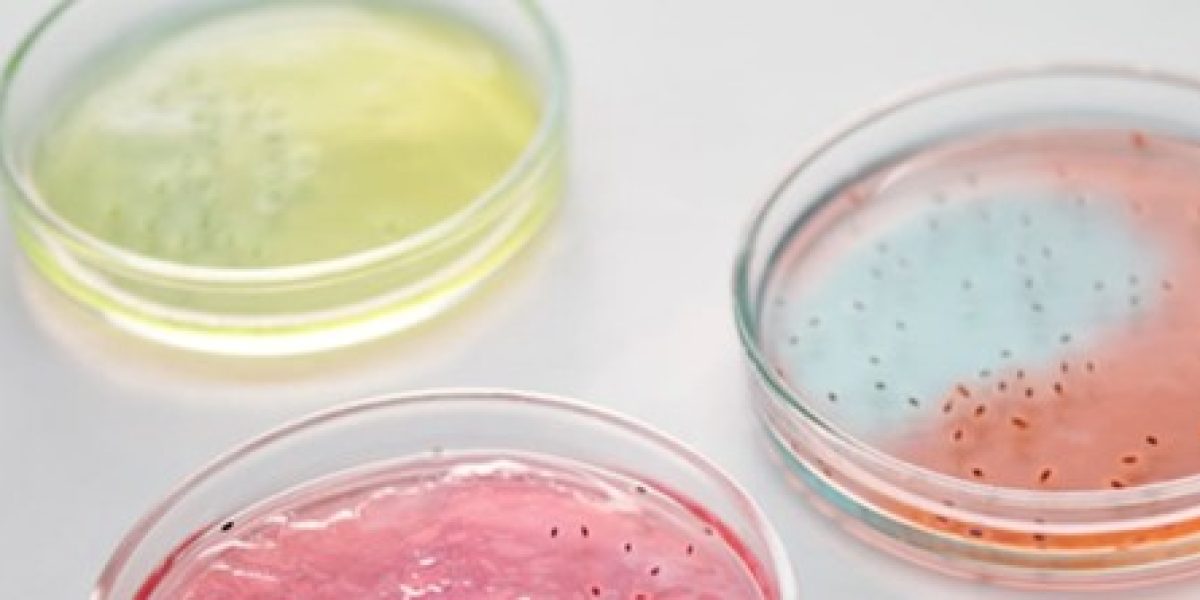Microbiome Therapies
Patent Protection and Regulation
As the first microbiome therapies have gained regulatory approval, the microbiome is increasingly being recognised for its potential as a novel therapeutic target.
Patenting of microbiome therapies is becoming increasingly important as the market expands. However, when planning a patent strategy for your microbiome-based therapy there are several important considerations that you as an inventor need to be aware of.
What are microbiome therapies?
In their broadest form microbiome therapies encompass any therapy that aims to alter the microbiome with therapeutic effect. Thus, microbiome therapies come in a broad variety of forms, from isolated strains, microbial consortia and food compositions, to methods of altering the microbiome composition and even in situ engineering strategies. The form a particular microbiome therapy takes will not only impact how said therapy is regulated but also how various aspects of said therapy can be patent protected.
Patentable Subject Matter
Examples of patentable subject matter in the field of microbiome therapies include:
- Therapeutic microbes, including GMO and non-GMO* microbes
- Consortia of therapeutic microbes
Pharmaceutical formulations comprising microbes or microbial products - Microbial products*
- Food compositions/additives comprising microbes or microbial products
- Tools and methods for microbial engineering
- Methods of treatment using microbial therapies*
*may vary by jurisdiction.
Case study – microbiome therapies in EP and US
As an example, Seres therapeutics has been granted patents to microbiome therapies in both jurisdictions, with slightly different claim scopes.
In Europe they claim, ”a composition comprising a first and a second species of isolated bacterium”, wherein said two species of bacteria are defined by their name and 16S rDNA sequence. They also claim the use of the composition for populating the gastrointestinal tract of a human subject.
In the US they claim, “a composition comprising a first and a second species of isolated bacterium and a capsule”, wherein one species is characterised by its 16S rDNA and the other by name alone. The inclusion of a capsule ensures the claim is not exclusively directed to products of nature, allowing it to overcome said “products of nature” exclusion to patentability in the US. They further claim a method of treating dysbiosis by administration of the composition.
Defining your strain
As evidenced from the case study above, there are several ways in which bacterial strains can be defined in patent claims. The most common way to define a strain is by name. However, similarity to 16S rDNA, strain deposit accession numbers, genotype and functional definitions based on strain specific properties may all be used to define microbial strains. Choosing the right way to define a strain can be key to ensuring the best protection for your therapy. In practice, it is often best to provide multiple definitions, so as to provide strong fallback positions and account for differences in patent practice in across jurisdictions.
Regulation – Pharmaceuticals vs Novel Foods
For some microbiome therapies it may be possible to choose whether the product will be regulated as a pharmaceutical or a novel food in Europe, with each regulatory path offering its own advantages and disadvantages. Regardless of the chosen regulatory pathway it is important to have an IP strategy in place that supports the commercial pathway.
While Novel Foods may have a shorter time to market than pharmaceuticals, it is required that a premarket safety assessment is performed by the European Food Safety Agency (EFSA). We recommend filing a patent application to protect your Novel Food well in advance of submitting your Novel Food application to ensure you have exclusivity on the market when your product is approved. Contact us or see our “Clinical Trials” and “Novel Foods” newsletter if you would like to know more.
